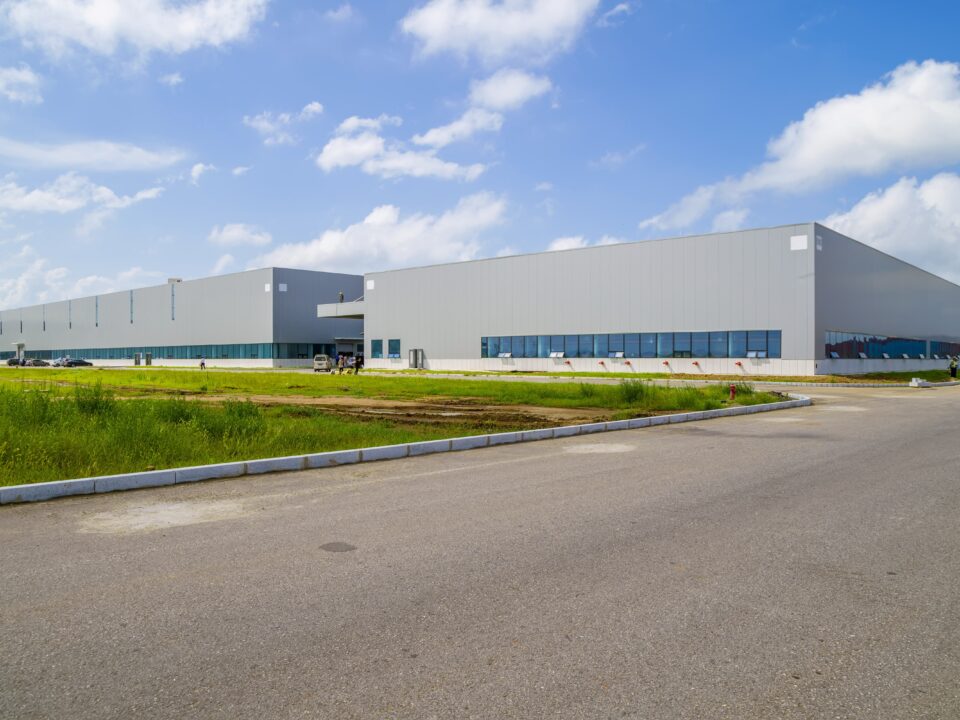Getting the BEST out of the DATA

Prefab Construction Best Practices – EVERY STEP COUNTS!
July 1, 2022
Light House Projects – Illuminating the Prospects
July 11, 2022By enabling construction companies to leverage the vast amounts of data they gather, analytics can reveal critical insights that both fasten and improve the quality of management decisions. Data analytics can help project teams assess market conditions, portfolio composition, and individual project performance. With the real estate sector slowly getting tech-savvy, tracking real-time data and changing it into meaningful insights for prediction will prove to be a game-changing proposition in times to come.

Construction sites have no shortage of data, be it design and BIM data from the planning stages of a project, mobile devices and sensors on equipment/materials or accounting and job progress data from the office, project management data, or others. In fact, many companies are overwhelmed with data and don’t have the right tools to analyze it to have a meaningful impact on their projects. The landscape is changing with data analytics and business intelligence finding increased prominence in every realm of business.
As a matter of fact, a new survey shows that most architecture, engineering, and construction (AEC) firms are looking to predictive analytics to improve project outcomes and mitigate risks. According to a new IDC InfoBrief, 29% of respondents are currently utilizing a predictive analytics tool, while another 60% planning to invest in a solution within the next 24 months. AEC companies see having a predictive view across projects as key to anticipating and lessening delays, reducing change orders, creating more accurate budget forecasts, and better managing health and safety risks.
In a crux, better understanding project data significantly enhances productivity and profitability on current projects, as well as facilitating better planning for future ones. Some of the tangible benefits are listed here…
Accurate simulation before construction: One of the most popular use cases of predictive analytics is the software development for construction simulation. The simulator games can be literal gamechangers for the construction industry, especially during the building design stage.
Detecting design issues early on: Designing of large buildings and complexes involves humongous calculations, matchings, and combination operations. In such scenarios, design issues prediction facilitates companies to avoid possible problems during construction.
Gauging construction project risks: Construction projects are always challenging due to the number of factors that should be taken into account: siting, technical elements, complexity, a large number of variables, etc. The majority of the tools for risk analysis are centred on probabilistic approaches. Risk analysis and risk management are key elements for a successful construction and further operation, which involves processes spanning from planning, identification, classification, response analysis, monitoring, and many others. Risk analysis assesses future assets, outcomes, and impacts, which may lead to complications later on.
Reducing Risk and Boosting Safety: Site safety is a key component of success for every construction company. Beyond the incalculable human cost, workplace accidents can result in labour shortages, liability, and a tainted brand reputation. Real-time data analytics enables companies to identify safety issues and high-risk patterns or behaviour before accidents happen. As they say, what gets measured gets managed. When companies measure and analyze the data that impacts safety, they have a massive impact on future outcomes.
Smart Bidding: Closely tracking things like job costs, change orders, material and equipment usage and worker productivity from your projects can better forecast future work and ultimately ensure smarter bidding. While many companies already do deploy such tools, gaining meaningful insights into data can provide a holistic picture of how jobs fare and potential improvement areas. Data analysis also ensures bids accuracy for future projects, while at the same, the increased efficiencies and on-time, on-budget delivery of projects will ensure a solid brand equity for firms.
Predictive analytics: Using big data systems alongside disruptive technologies such as artificial intelligence (AI) and machine learning (ML) delivers critical information and insight before a project even breaks ground. This helps in addressing potential issues such as coordination problems on construction sites, conflicts scenarios, and even the weather impact early on. Research suggests that 98% of mega projects suffer cost overruns of more than 30%, and 77% of mega projects are completed at least 40% late. The ability to pivot based on data insights can greatly help in reducing costs and time overruns.
Enhance productivity: Sensors are deployed on modern construction sites for gathering plant and machinery data to drive productivity improvements. Having these devices attached to on-site operational equipment generates a huge amount of information about the performance and utilization of instrumented machines. Sensor data can show the idle and active times of construction machinery, thereby helping contractors in boosting fuel efficiency and productivity.
Smart optimization: Construction sites are notoriously busy. Thankfully, construction data analytics tools can help make this dreaded task an effortless affair. By collecting data on equipment and personnel locations and activities, companies can employ reporting and analysis to gain valuable insights on peak site traffic windows and also recognize prospects in individual’s schedules to improve efficiency.
Operations & Maintenance: Big data can prove to be extremely beneficial for construction companies and project managers even after construction ends. Building information accumulated during construction can offer maintenance teams with structural details and keep them updated on future renovation projects. In some cases, construction teams also install permanent sensors to monitor structural conditions in completed buildings. The gathered information can be utilized in BIM models to monitor temperature patterns, energy usage, long-term maintenance requirements and more.
Through such powerful data science and AI-powered solutions, construction companies are better placed to predict future outcomes, take actionable decisions, minimize risks, determine the best possible managing strategies and control the work of numerous contractors.
Sources: IDC, Trimble, McKinsey



